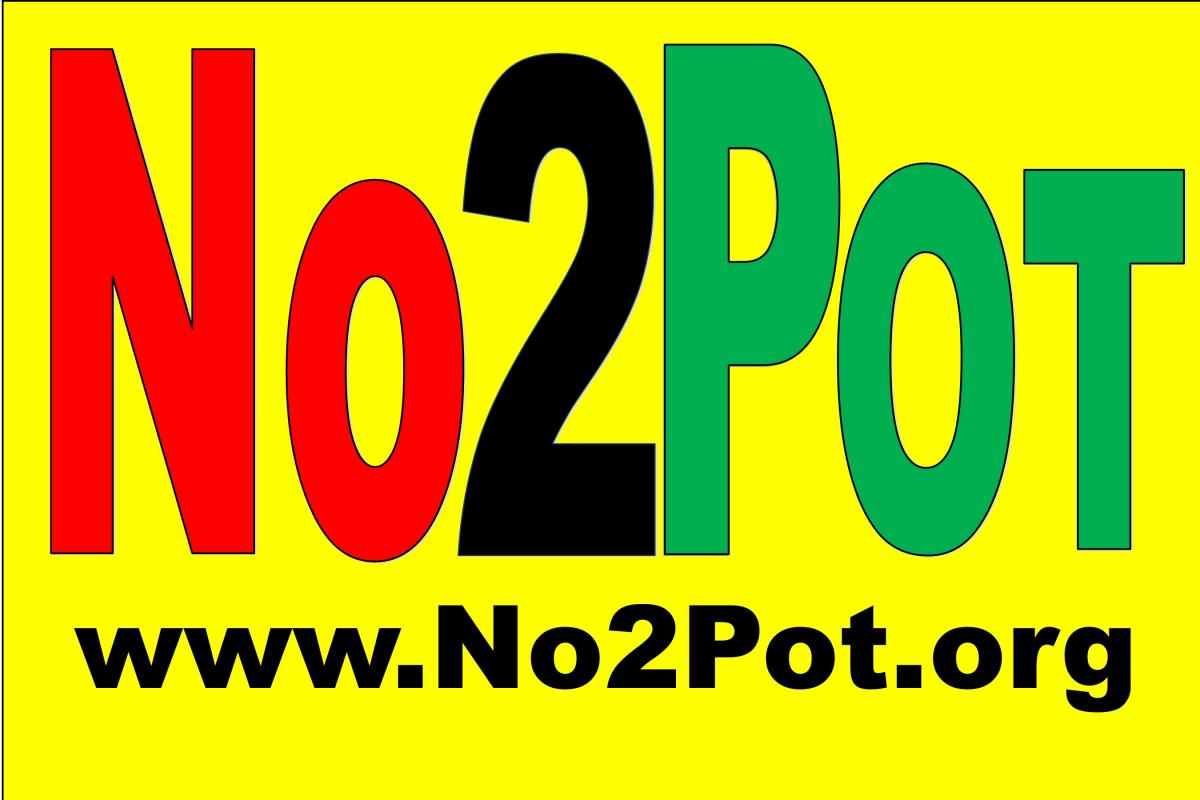Epiliespy
Epilepsy
ICE Epilepsy Alliance Studies
The leader in epilepsy cannabinoid medicine research - GW Pharmaceuticals. On-going studies exist in the United States. The Group's lead program is the development of a product portfolio of cannabinoid prescription medicines to meet patient needs specifically for multiple sclerosis and epilepsy.
What is Charlotte's Web? Charlotte's Web is a strain of marijuana processed into an extract that is high in cannabidiol (CBD) content, called Realm Oil and Alepsia. It does not induce the psychoactive "high" typically associated with recreational marijuana use. For more information
Questions that must be answered before allowing this plant to be called medicine:
What dosage or potency is most beneficial? How often should these children receive this drug? What specific chemical in the marijuana plant is helping reduce seizures? The typical marijuana plant has over 400 chemicals excluding potential pesticides or fertilizers. What medications are these children taking that may be interacting with the marijuana (possibly the real source of help or cause of more issues)? Are these children actually being over-medicated? Is there a difference between how the drug effects boys and girls? Most importantly, given that marijuana or any mood altering drug adversely affects a developing brain, what are the long-term effects? Why don’t these families seek professional medical help in the GW Pharmaceutical study? How many children have this syndrome? How many children in Florida are projected to need and want to experiment with this drug?
Other questions/concerns to consider:
- Are we expecting parents to take this plant, burn, boil and extract the chemical that their child needs? How are they going to determine the dosage? The frequency? These criteria should be determined by medical standards that come with FDA medications - not guesswork by the parents. Will our State have liability when it is determined that homegrown marijuana actually causes additional detrimental health issues?
- Recall thalidomide. The FDA refused to approve thalidomide for marketing and distribution. Experts estimate that the drug thalidomide led to the death of approximately 2,000 children and serious birth defects in more than 10,000 children In Europe. 2
- Are police going to be able to identify Charlotte’s Web (CW) pot versus other pot? Is there a medical test to determine if a person has CW pot in their system versus some other type?
- Where are we going to get funding for this experiment? Currently less than 10% of doctors use the PDMP. This legislation requires them to keep extremely detailed records for this drug. Where are these doctors going to find the time? Prescription drug abuse is still a major problem in Florida. We are expecting the Health Department to spend time on this project instead of focusing on funding the PDMP and requiring doctors and pharmacist to use this valuable tool which clearly saves lives and reduces abuse. Can the Health Department regulate marijuana better than they have regulated prescription medication?
This should not be a political issue. The issue should be about the health and safety of the people who live in our state. Growing pot or allowing marijuana in our state not only circumvents the FDA process for medication but will lead to devastating outcomes throughout our communities. The statistics are slowly being compiled from other states that have legalized marijuana for medical purposes: increased addiction, increase in child and adolescent usage, increase in fatal vehicle accidents, decrease in productivity, increase in absenteeism, and increase in drop-out rates. Any and all money collected from taxes will not even begin to cover the increased expenses of the above tragedies, business and academic issues.3
Report on Parent Survey- PubMed (Please note this is a parent report and not scientific or medical data which the medical associations, foundations and organizations are supporting more research and studies to help determine many of the unanswered and safety concerns when using pot as medicine.
Severe childhood epilepsies are characterized by frequent seizures, neurodevelopmental delays, and impaired quality of life. In these treatment-resistant epilepsies, families often seek alternative treatments. This survey explored the use of cannabidiol-enriched cannabis in children with treatment-resistant epilepsy. The survey was presented to parents belonging to a Facebook group dedicated to sharing information about the use of cannabidiol-enriched cannabis to treat their child's seizures. Nineteen responses met the following inclusion criteria for the study: a diagnosis of epilepsy and current use of cannabidiol-enriched cannabis. Thirteen children had Dravet syndrome, four had Doose syndrome, and one each had Lennox-Gastaut syndrome and idiopathic epilepsy. The average number of antiepileptic drugs (AEDs) tried before using cannabidiol-enriched cannabis was 12. Sixteen (84%) of the 19 parents reported a reduction in their child's seizure frequency while taking cannabidiol-enriched cannabis. Of these, two (11%) reported complete seizure freedom, eight (42%) reported a greater than 80% reduction in seizure frequency, and six (32%) reported a 25-60% seizure reduction. Other beneficial effects included increased alertness, better mood, and improved sleep. Side effects included drowsiness and fatigue. Our survey shows that parents are using cannabidiol-enriched cannabis as a treatment for their children with treatment-resistant epilepsy. Because of the increasing number of states that allow access to medical cannabis, its use will likely be a growing concern for the epilepsy community. Safety and tolerability data for cannabidiol-enriched cannabis use among children are not available. Objective measurements of a standardized preparation of pure cannabidiol are needed to determine whether it is safe, well tolerated, and efficacious at controlling seizures in this pediatric population with difficult-to-treat seizures.
Don’t forget about the many parents who have visited the capital when the Prescription Epidemic was at its pinnacle. We should focus on ending this epidemic - not adding to it.
- http://www.drugabuse.gov/publications/drugfacts/marijuana
- http://www.gwpharm.com/GW%20Pharmaceuticals%20Provides%20Update%20on%20Orphan%20Program%20in%20Childhood%20Epilepsy%20for%20Epidiolex.aspx
Does this look like medicine?


